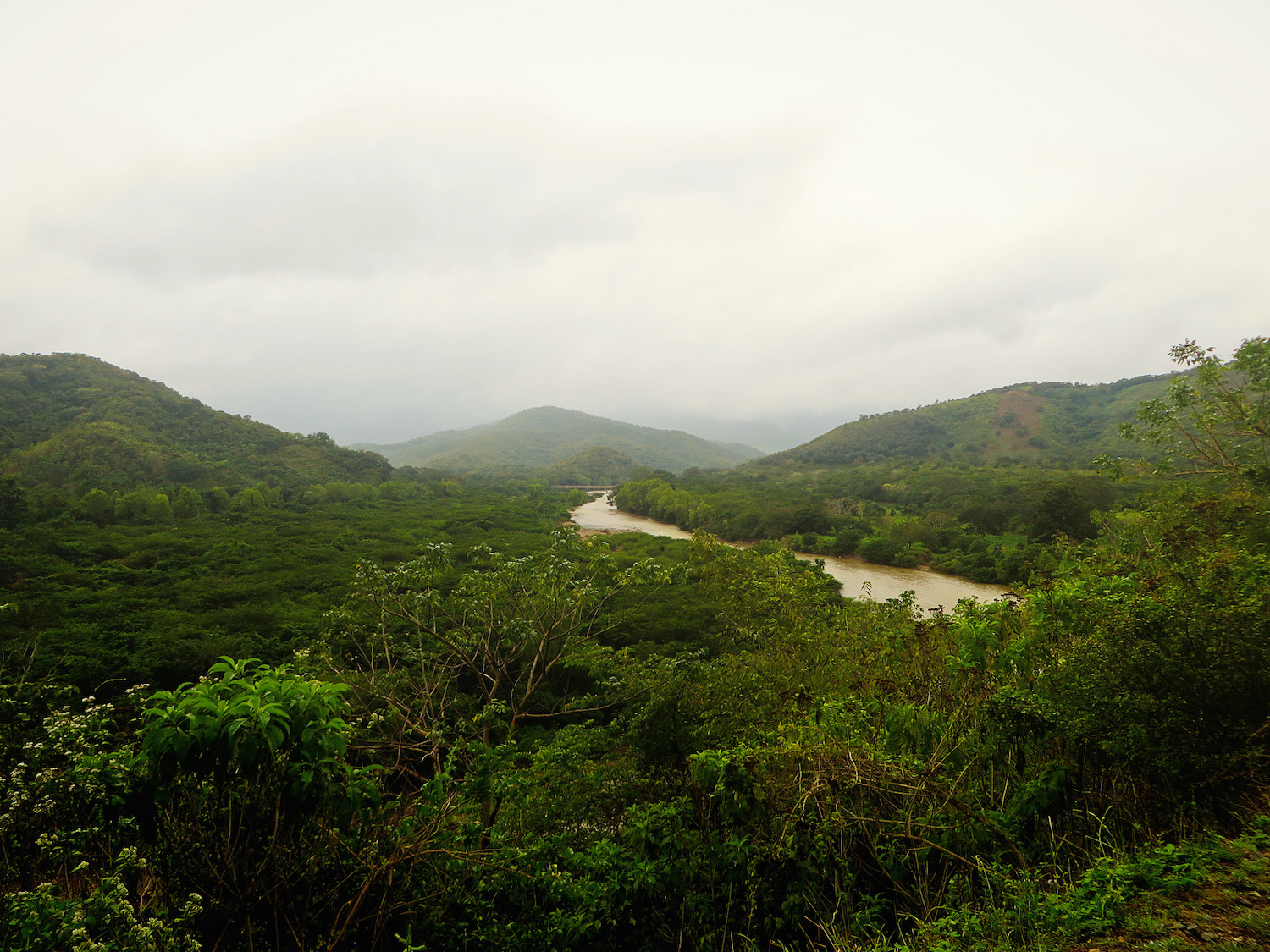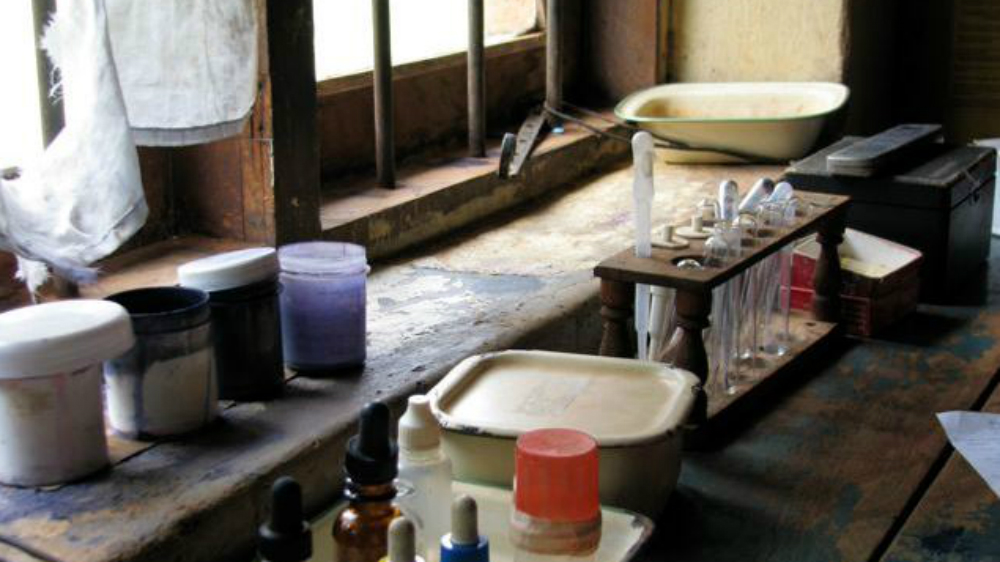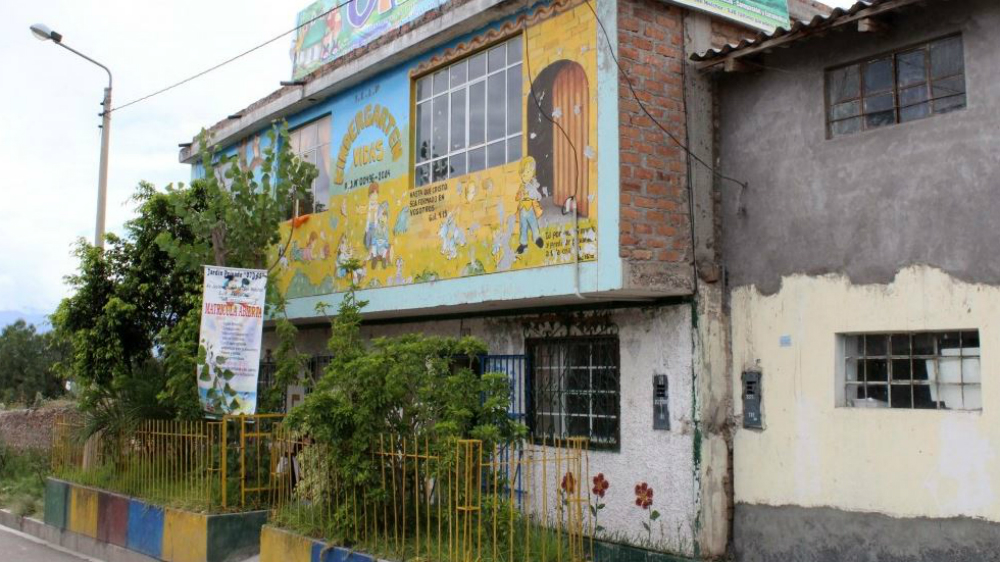Nikita Zook spent six weeks in Ayacucho, Peru during the summer of 2013. As part of her final project, she conducted informal interviews with several women who were part of her daily routine in various ways. She wrote what she had gathered of their stories, trying to capture some of their resilience and strength. Her goal was to describe the value of their ordinary, day to day, past and present experiences, and to do that as honestly as she could, in spite of the language barrier. The following was written to be read out loud or performed as a series of monologues.
I. Luz
My story is very sad, she tells me, shaking her head.
She’s standing in the middle of her tiny kitchen as she says this: sink, two burner gas stove, wooden table, two crowded shelves, several broken appliances. She rummages through a dusty canister that holds small bags of canela, cinnamon, rice, dried things I can’t quite identify.
I was abandoned when I was three months old, she says. I don’t have a family.
I can tell by the way she looks at me, brow furrowed, pushing back dark hair with one hand, that this is a line she’s repeated many times before.
She scans the cluttered table for a knife, finds it, starts peeling a potato.
When I was six, I hid sugar in the ground in a plastic bag. I was buena inteligente, she tells me with a grin, I was smart, it was my secret.
And that’s why you have no teeth! her eleven year old daughter shrieks beside me.
Her lips close together quickly. But then she laughs. It’s true, she’s missing a few bottom teeth. I’ve never noticed that though. When I look at her, it’s her eyes–they light up when she laughs.




